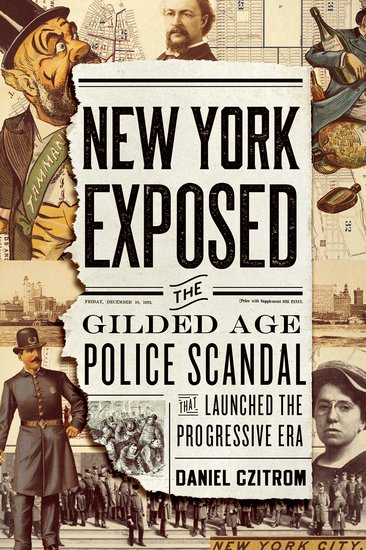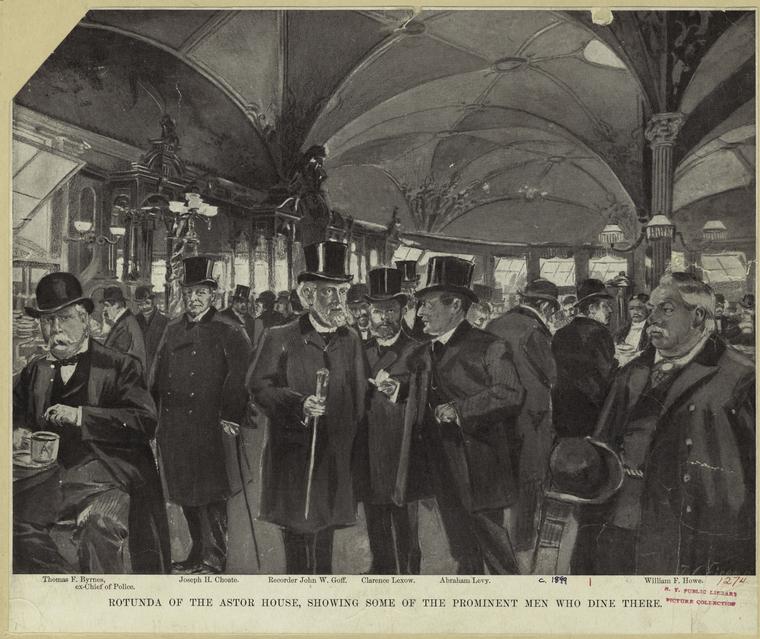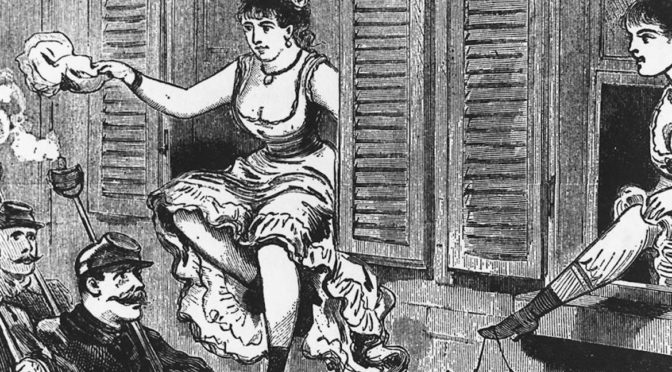In this week’s podcast, we discuss the tale of Madame Restell, the infamous 19th century abortionist and the moral reformer who brought her down — Anthony Comstock.  Comstock succeeded in destroying Restell in 1878. But the moral crusaders were just getting started.
Old New  York luxuriated in a complex system of rewards to protect its vice industries. The takedown of Tammany Hall’s Boss Tweed in the 1870s and illicit providers like Restell only scratched the surface of corruption, held in place by the compromised and easily-bought police department. How could reform-minded New Yorkers even try and fix this problem if it seemed that every other person benefited from it?

In New York Exposed: The Gilded Age Scandal That Launched The Progressive Era, author Daniel Czitrom reveals the architects of what became known as the Lexow Committee, the state task force which eventually — after a couple rough starts — blew the lid off of New York’s most corrupt practices and sent Tammany Hall, once again, into decline. (The committee is named for New York state senator Clarence Lexow.)
At the center of this story is Dr. Charles H. Parkhurst, the reverend who railed against unchecked vice and the police infrastructure which kept fueling it. Parkhurst sounds a bit like a bore, but New York was in need of his determination and tenacity; he was the Gilded Age’s bulldog. His cries of reform from the pulpit led to his participation in the Society for the Prevention of Crime, a private watchdog group which applied great pressure on New York’s most corrupt elite.
As Czitrom reveals, holding this vice racket in place was Tammany Hall, the Democratic machine who repeatedly defaulted to graft and shadiness after short periods of reform. But the reform leaders on the state level (mostly Republicans) who helped form the Lexow Committee were no angels.  What emerged, however, was a fragile Republican-led attempt at ridding government of excess — and expunging Tammany from power.
Some members of the Lexow Committee tale are featured in this illustration, including Chief of Police Thomas Byrnes, Joseph Choate, John W. Goff, Clarence Lexow and lawyer William Howe.

Czitrom, a Bronx-born professor at Mount Holyoke College, achieves a startling feat; he expertly untangles a complex web of politics and manages to make board meetings and testimonies sound interesting. This is a crucial and important moment in New York City history, and I’ve never had the pleasure of hearing it described as vividly as it appears in New York Exposed.
The problems of Gilded Age would certainly not be solved by the Lexow Committee, but its bold gestures would come to define the Progressive Era.  And its influence — the rinse-and-repeat cycle of reform, what Czitrom calls the Lexow Effect – echoes into present day.
New York Exposed: The Gilded Age Scandal That Launched The Progressive Era
By Daniel Czitrom
Oxford University Press

